X
Electric hoists represent their own machinery, strength, and toughness, while the stage is elegant, flowing, and soft, with conflicts and collisions between the two.
The lifting and lowering of electric hoists in the climbing system
Category : V7 Stage Electric Series
Get a Quote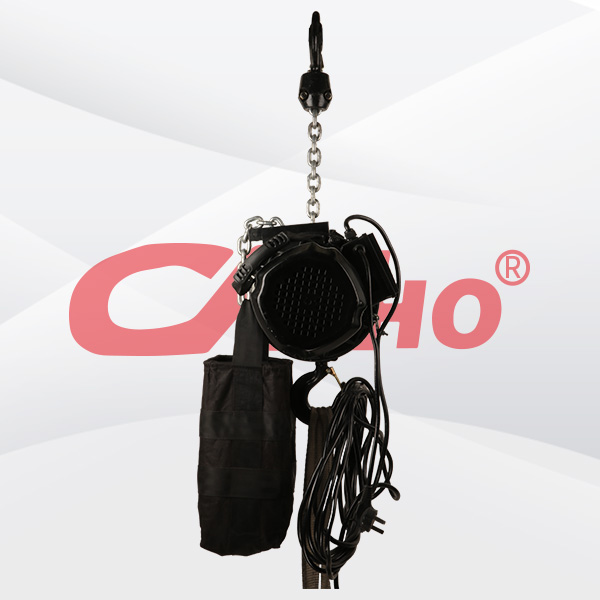
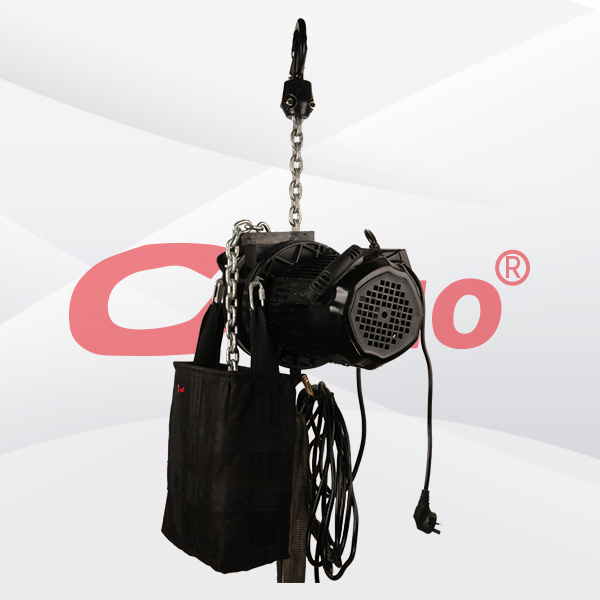
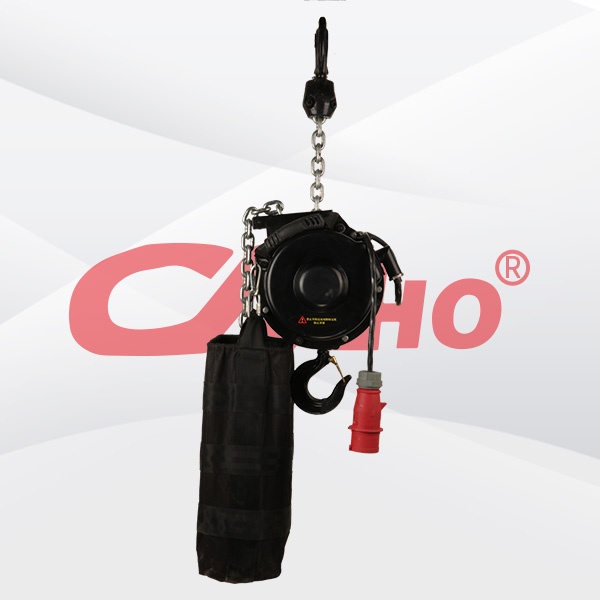
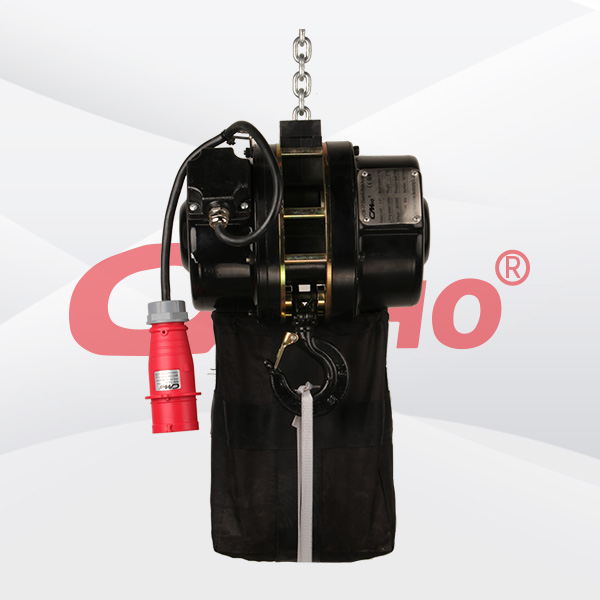





Product Details
The lifting and lowering of electric hoists in the climbing system
We all know that electric hoists are an important component of the climbing frame system, mainly used for climbing frames and lifting climbing formwork in various construction engineering fields. The electric hoists used are mainly DHP type chain electric hoists, also known as climbing frame/group lifting electric hoists. So how does the group crane electric hoist lift (lower) in the climbing frame?
After all climbing frame systems are checked to be correct, loosen the lower load-bearing rod, slant support, and wall connecting piece of the climbing frame, so that the frame is connected to the building only by the upper and lower guide pieces. Each operator shall be arranged by the on-site person in charge to manage their respective areas. After the overall commander inquires about the availability of personnel through the walkie talkie, the electrician shall be notified to start the overall lifting (lowering) of the scaffolding. All electric hoists shall be started at the same time, and the scaffolding shall start the overall lifting (lowering) under the constraint of the guiding components. When the overall height of the climbing frame is raised (lowered) by 100mm, stop the lifting of the frame, and each operator should check the frame again. Only after everything is normal can the lifting (lowering) continue.
During the lifting (lowering) process, all operators should always maintain a high level of vigilance. In the initial stage of lifting (lowering), the operator mainly observes whether the operation of the group crane electric hoist is normal and whether the operation is synchronous and in the same direction. When lifting (lowering) the middle section, observe whether there are obstacles such as wooden blocks or steel bars blocking the lifting of the frame. In the later stage of lifting (lowering), the main observation is whether the vertical of the frame and the cables are hung up, and whether the lifting is in place. In case of any abnormal situation during the lifting (lowering) process, the operator must immediately use the walkie talkie to notify the control console to stop lifting (lowering), and can only continue lifting (lowering) after the fault is eliminated.
RELATED PRODUCTS .
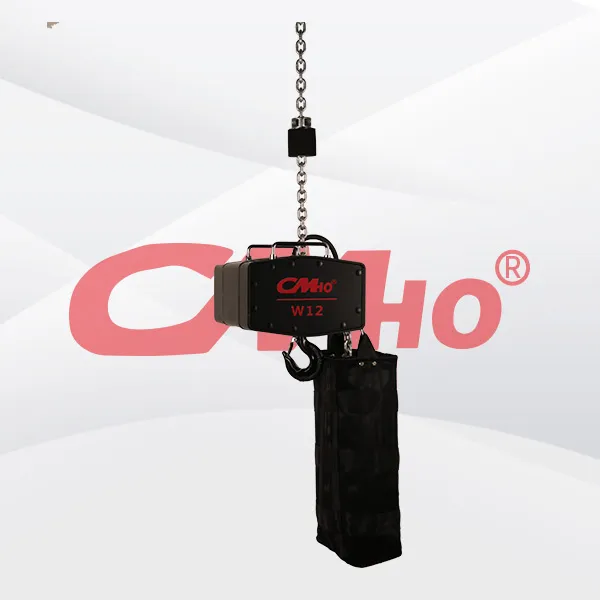

The 2-ton electric stage hoist is an electric lifting equipment used in stage scenarios, commonly employed for suspending stage devices such as lighting, scenery, and audio equipment. It features elec


The Small Flat Webbing Sling is suitable for lifting and handling heavy-duty items such as stage lighting equipment, audio systems, and set props. It serves as the ideal choice for professional perfor
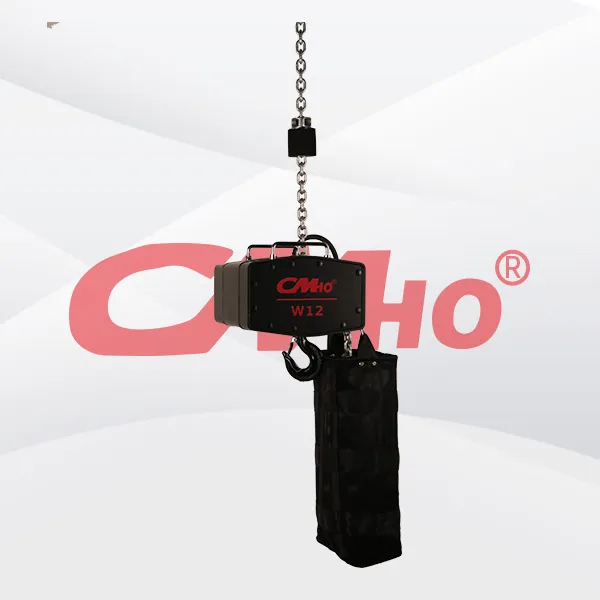

The stage electric hoist is equipped with an intelligent remote control system. With precise operation, it can easily create a gorgeous stage for you, shining brightly.


Lighting equipment slings serve as the "safety link" in stage lighting system installation. They not only undertake the physical load-bearing function but also protect equipment through mate...
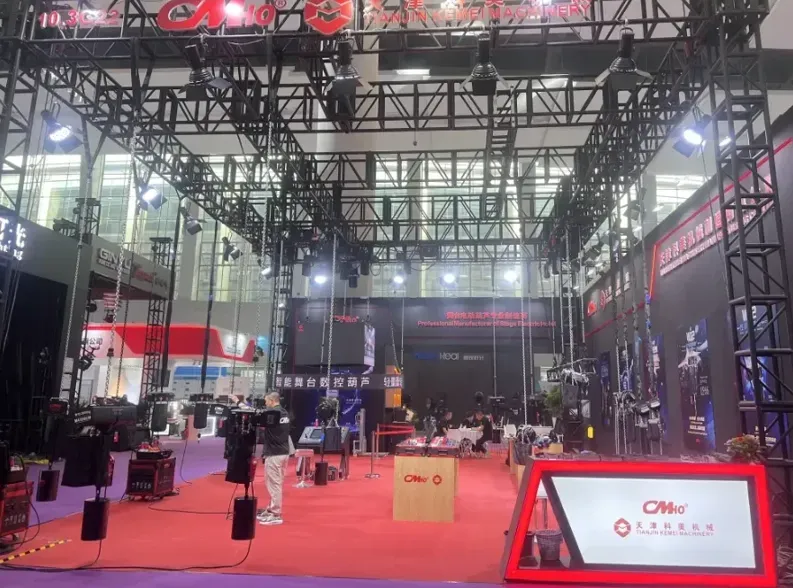
2025-05-27
创始人
0
Guangzhou International Professional Lighting and ...
We look forward to meeting you at the exhibition site and jointly drawing a new blueprint for industry development!
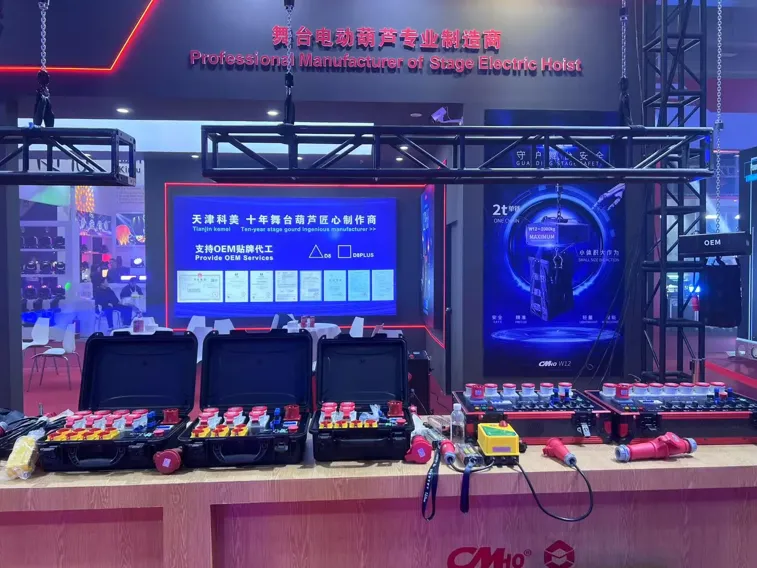
2025-02-28
创始人
0
The participation of Tianjin Kemei in the Guangzho...
Tianjin Kemei made a remarkable and eye-catching appearance at the Guangzhou (International) Performing Arts Equipment, Intelligent Acoustic, Optical and Electrical Products...
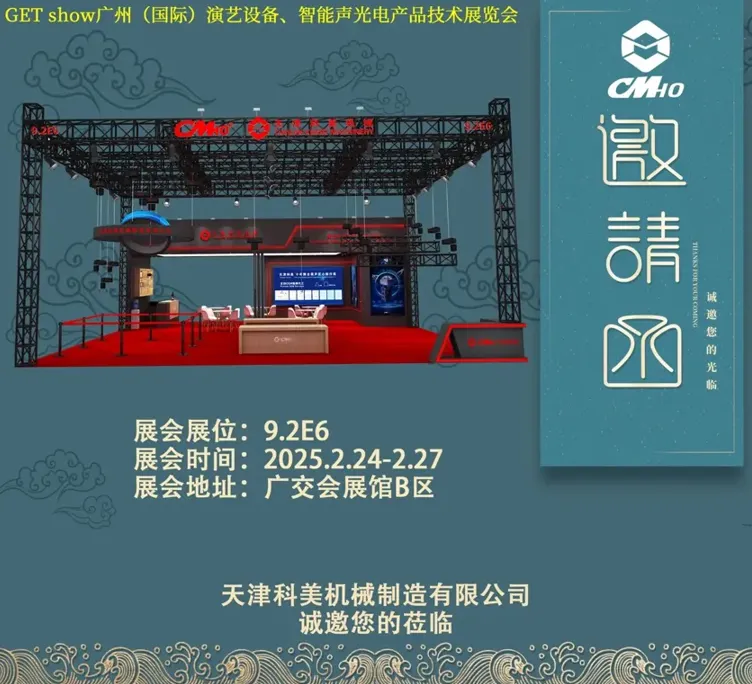
2025-02-27
创始人
0
Guangzhou (International) Performing Arts Equipmen...
In the era of the rapid development of stage lifting equipment and intelligent acousto - optic technology, every industry event serves as a crucial opportunity for innovatio...
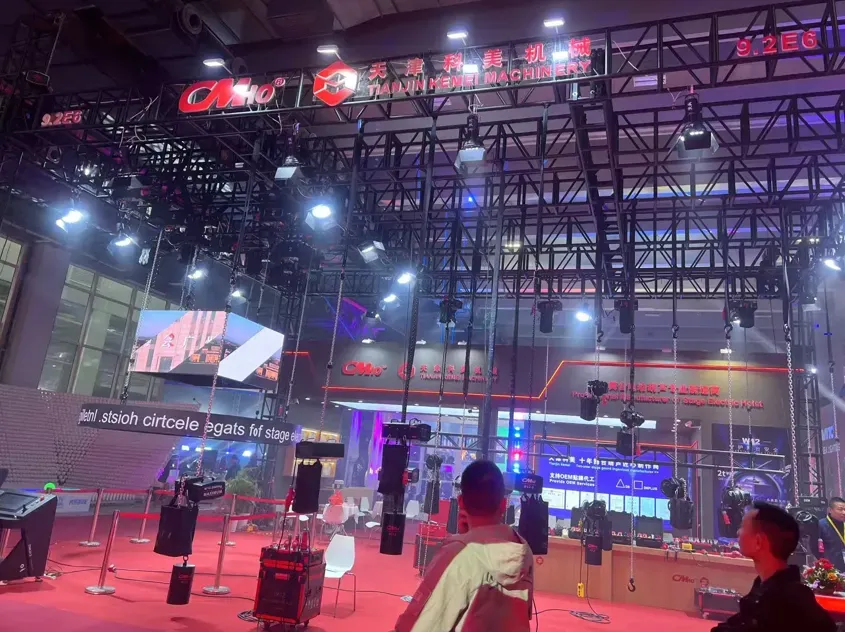
2025-02-27
创始人
0
GET show Guangzhou (International) Performing Arts...
Tianjin Kemei Machinery Manufacturing Co., Ltd. has been deeply engaged in the stage equipment manufacturing field for many years and has developed into a modern benchmark e...

